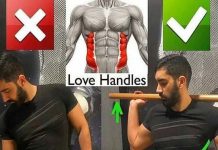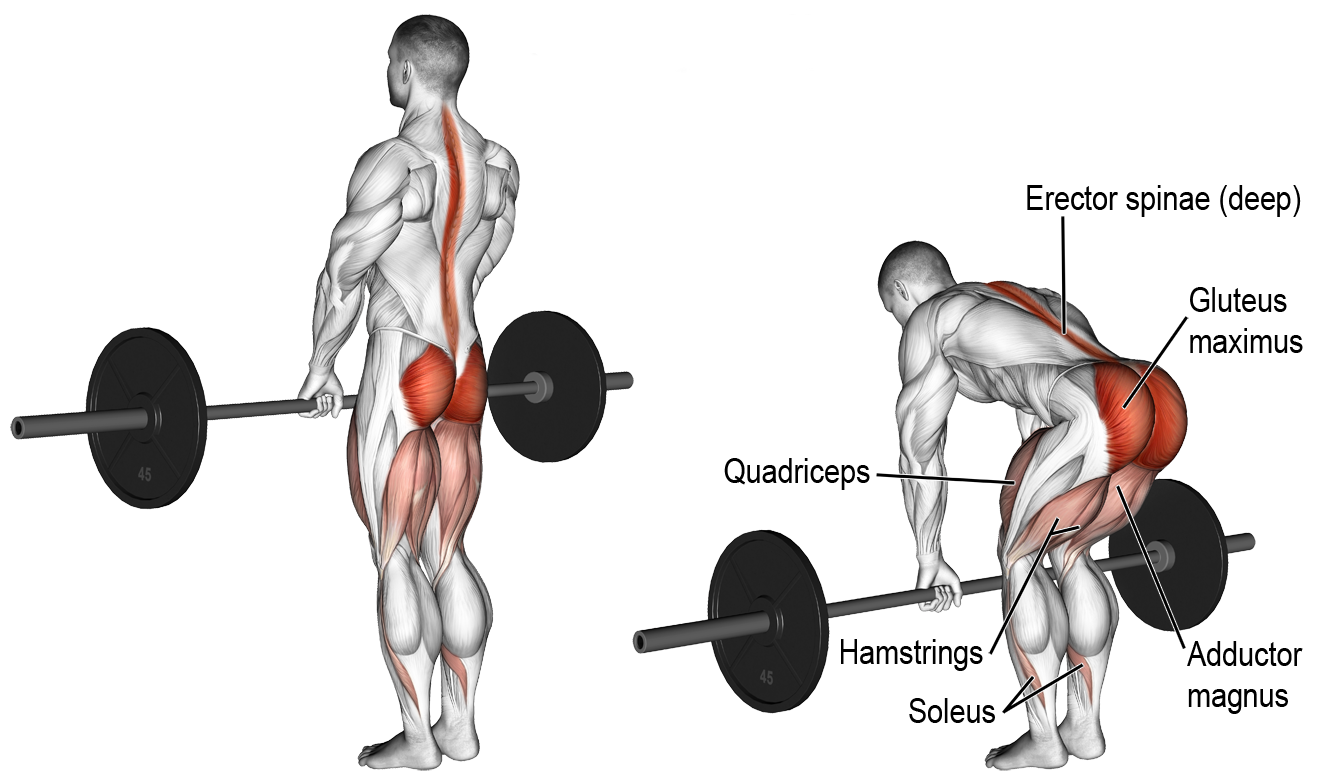🔥 Hamstring mobility

✅ Hamstring mobility can affect how we perform hinging exercises, causing compensations through lumbar flexion, excessive knee flexion and decreased glute drive. The hamstring may be weak not simply “tight” so we’re going to work on strengthening them as well. It is always important to check the muscles mobility before committing to increase its length. As far as this method goes it does not have any negative effect even if they are the correct length. But performing an assisted straight leg raise test laying down should tell you your range of motion. Ideally you want the leg to go to 90 degrees from the table.
⠀
✅ There are many different hamstring stretches, but in my opinion the loaded eccentric stretch you get from stiff legged deadlifts is the easiest to stick to and has the best outcomes. For this type of exercise stretch I prefer dumbbells because they allow deeper reach, but a barbell will suffice. If you have good ROM performing deficit still leg dead lifts will be better.
⠀
When starting this exercise/stretch off, we want to choose the right weight. You want a weight that will not be too easy but not to heavy that you back will begin to fatigue due to the longer duration of the eccentric portion. Somewhere between 70-80% 1RM should be enough so a weight that you can do around 8-12 reps.
⠀
Beginning the exercise, you want to lift off in a regular style dead lift, once the bar is at the top, begin to hinge forward pushing the hips back. Keep the weight in your heels to focus on the hamstrings, begin to count to 5 as you decent down into flexion. If you’re hinge is really limited, you can cut it down to 2-3 seconds. Once at the bottom, hold the position for 2 seconds focusing on keeping tension in the hamstrings. Rise up relatively quickly avoiding a jerking movement then repeat.
⠀
Repeat this for 3-4 sets at least 2 times a week. If you’re having trouble hinging, regress slightly to regular hamstring stretches and practice the hinge mechanism with a form pole.


















































